Titled Elimar, this rediscovered study of a fisherman is believed to have been created during Vincent van Gogh's one-year stay at a French asylum in 1889.
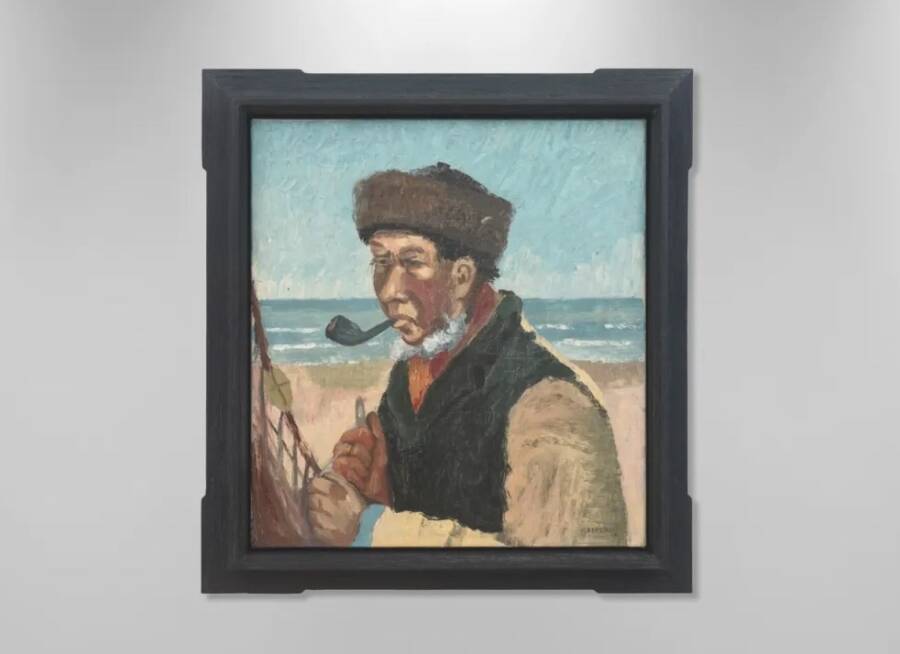
LMI Group InternationalElimar (1889), the newly-rediscovered painting attributed to Vincent van Gogh.
In 2016, an antiques collector in Minnesota purchased an impressive-looking oil painting for less than $50 at a garage sale. Now, experts say the painting could actually be a long-lost work by none other than Vincent van Gogh, estimated to be worth a staggering $15 million.
The painting, measuring just 18 by 16 inches, in question bears the inscription “Elimar” in the bottom right corner and depicts a fisherman with a small white beard smoking a pipe as he repairs his net along the shore.
The collector who originally purchased the piece sold it to the art research firm LMI Group International in 2019 for an undisclosed price, after which the group began a thorough analysis of the work. Their findings have now been published in an extensive 450-page report, detailing how they came to conclusion that the painting was created by Vincent van Gogh.
Researchers Claim To Identify One Of Van Gogh’s Lost Translations
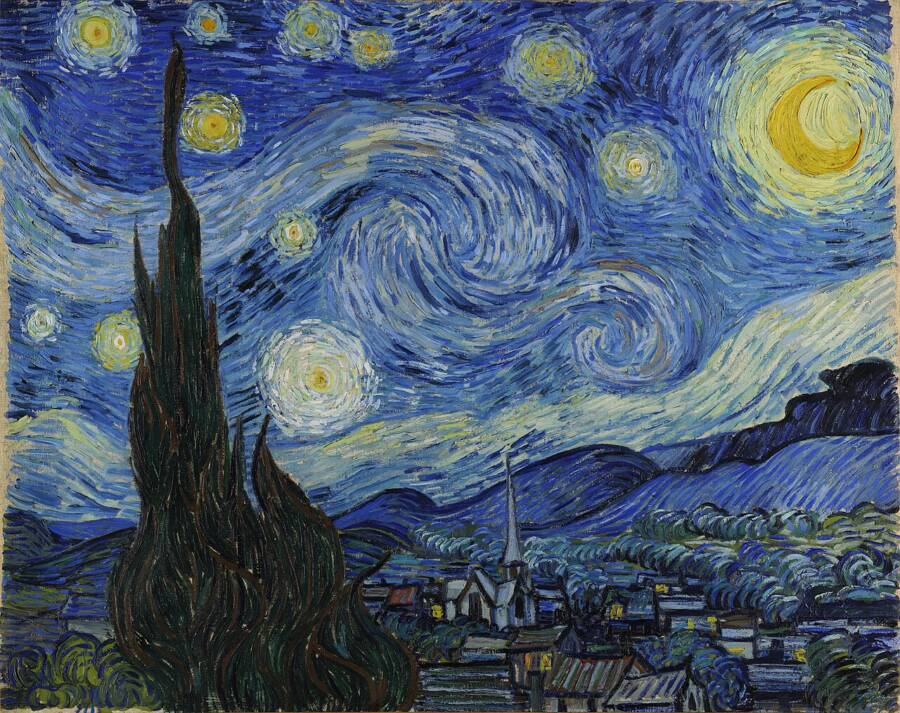
Vincent van GoghThe Starry Night by Vincent van Gogh, believed to have been painted around the same time as Elimar.
Vincent van Gogh is best known for his bold, colorful works like The Starry Night and his famous self-portrait. While the newly-rediscovered painting, known as Elimar, lacks some of the distinctive boldness typical of van Gogh’s other works, art historian Maxwell Anderson, chief operating officer of LMI Group, told the Wall Street Journal that the painting showed “telltale signs of a deft painter at play.”
But LMI Group didn’t have to rely on visual analysis alone to attribute the painting to van Gogh. Embedded in the brushwork, Anderson noticed a single hair — one that appears as though it could have come from the famous painter.
“By integrating science and technology with traditional tools of connoisseurship, historical context, formal analysis, and provenance research, we aim both to expand and tailor the resources available for art authentication based on the unique properties of the works under our care,” LMI Group CEO Lawrence Shindell said in a press statement.
Genetic analysis of the hair showed that it had belonged to someone with either red or red-brown hair, which van Gogh did, if his self-portraits are to be believed.
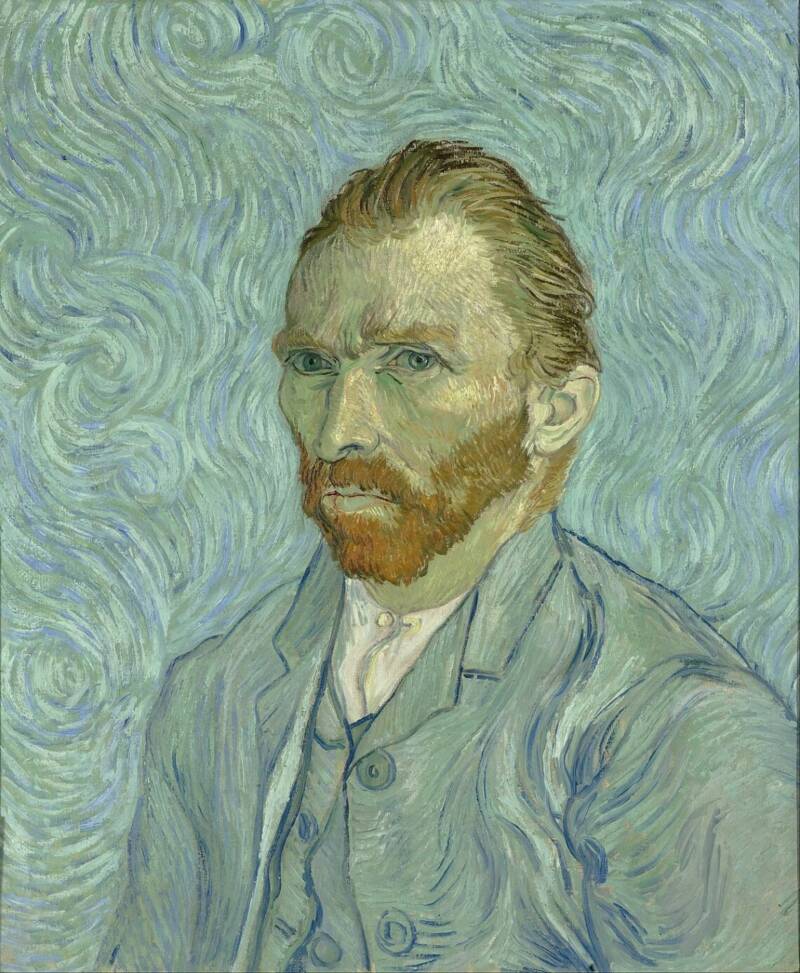
Vincent van Gogh FoundationA self-portrait by Vincent van Gogh.
Moving beyond the hair, LMI Group employed Jennifer Mass, president of Scientific Analysis of Fine Art, to help analyze the components of the painting itself. What she found was that the thread count of the canvas matched other canvases of van Gogh’s era, as did the pigments used in the painting. There was one exception, however.
One pigment contained the organic compound PR-50, found in the geranium lake red pigment that was used to create the painting’s violet sky hues. That compound, however, was credited to a French patent from 1905-06 — while van Gogh took his own life in 1890.
But, as it turned out, PR-50 had been around for longer than that particular patent indicated. Patent lawyer Ben Appleton managed to trace a separate 1883 patent for PR-50 registered by the Colored Materials and Chemical Products of Saint-Denis in a Paris suburb. Vincent van Gogh’s brother Theo happened to live in Paris and supplied the artist with paint, meaning it’s very likely van Gogh could have gotten his hands on this pigment well before the 1905 patent.
Then, there was the lettering found on the bottom right of the painting. While van Gogh notoriously neglected to sign the majority of his paintings, the style of writing did match the few other examples of van Gogh’s penmanship.
The name “Elimar” itself also offered evidence of the work being made by van Gogh. As LMI Group noted, Elimar is the name of a character in Hans Christian Andersen’s The Two Baronesses — and Andersen happened to be a favorite author of van Gogh’s.
How Elimar Sheds Light On A Fascinating Period In Van Gogh’s Life
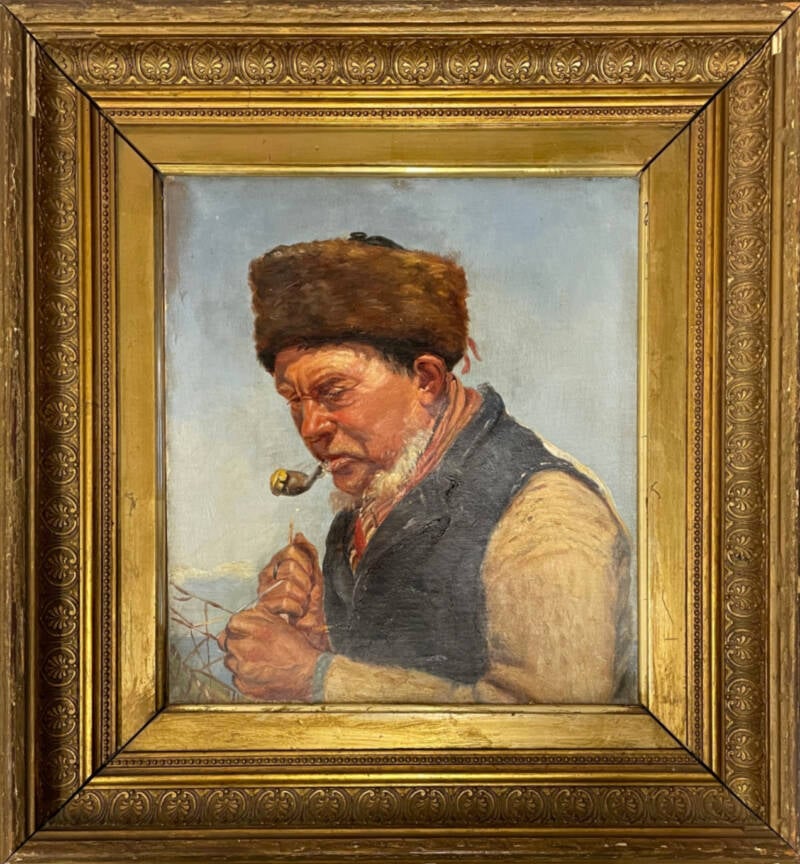
Michael AncherMichael Ancher’s Portrait of Niels Gaihede, the work on which the reputed van Gogh is believed to be based.
Many of van Gogh’s works were lost to time, either because he himself was neglectful or because he gave them away to friends. LMI Group estimated that as many as 300 of his paintings may have been lost, many of which were made during van Gogh’s time at Saint-Rémy, a mental institution where van Gogh spent a year after suffering from a mental crisis that resulted in him cutting of his ear.
During his stay, van Gogh created more than 150 paintings. More than two dozen of these paintings were so-called “translations,” in which van Gogh recreated works by other artists in his own unique style. Elimar is believed to be van Gogh’s interpretation of a piece by the Danish artist Michael Ancher, to whom van Gogh was linked by Mette Sophie Gauguin, the Danish wife of van Gogh’s friend and fellow artist Paul Gauguin.
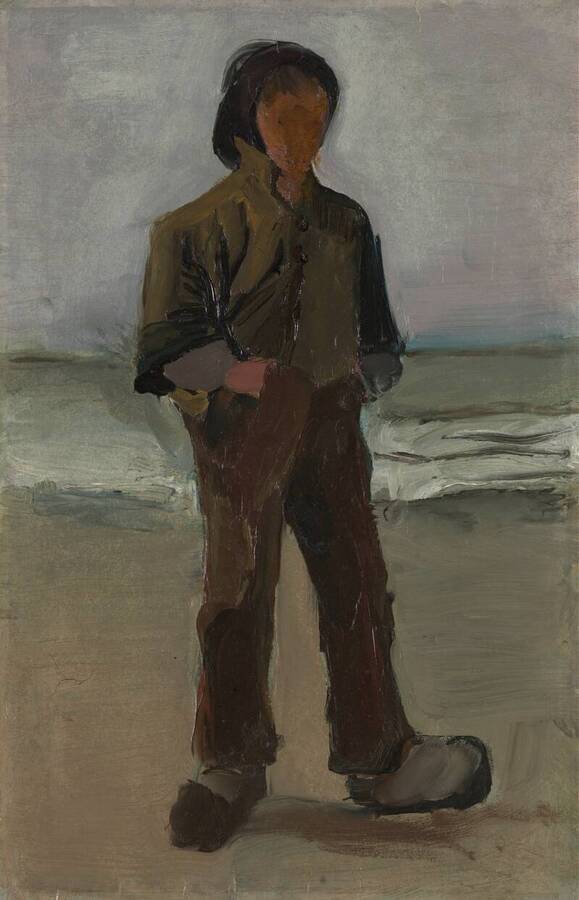
Vincent van Gogh FoundationAn 1883 painting by van Gogh depicting a fisherman on the shore.
The theme of fishermen was also a recurrent one in van Gogh’s works, reflective of his early desire to become a preacher — the image of a fisherman is related to a description of Christ and his followers in the Bible as “fishers of men.” Van Gogh had previously explored this theme in 1883, and if the analysis of Elimar is accurate, it seems he revisited that theme at Saint-Rémy in 1889, just one year before his death.
“The analysis conducted on this distinctive painting provides fresh insight into the oeuvre of van Gogh, particularly as it relates to his practice of reinterpreting works by other artists,” Anderson said. “This moving likeness embodies van Gogh’s recurring theme of redemption, a concept frequently discussed in his letters and art. Through Elimar, van Gogh creates a form of spiritual self-portrait, allowing viewers to see the painter as he wished to be remembered.”
After reading about this newly discovered piece attributed to Vincent van Gogh, read about the life and death of another famous painter, Bob Ross. Then, learn about the macabre paintings and tragic life of Artemisia Gentileschi.





